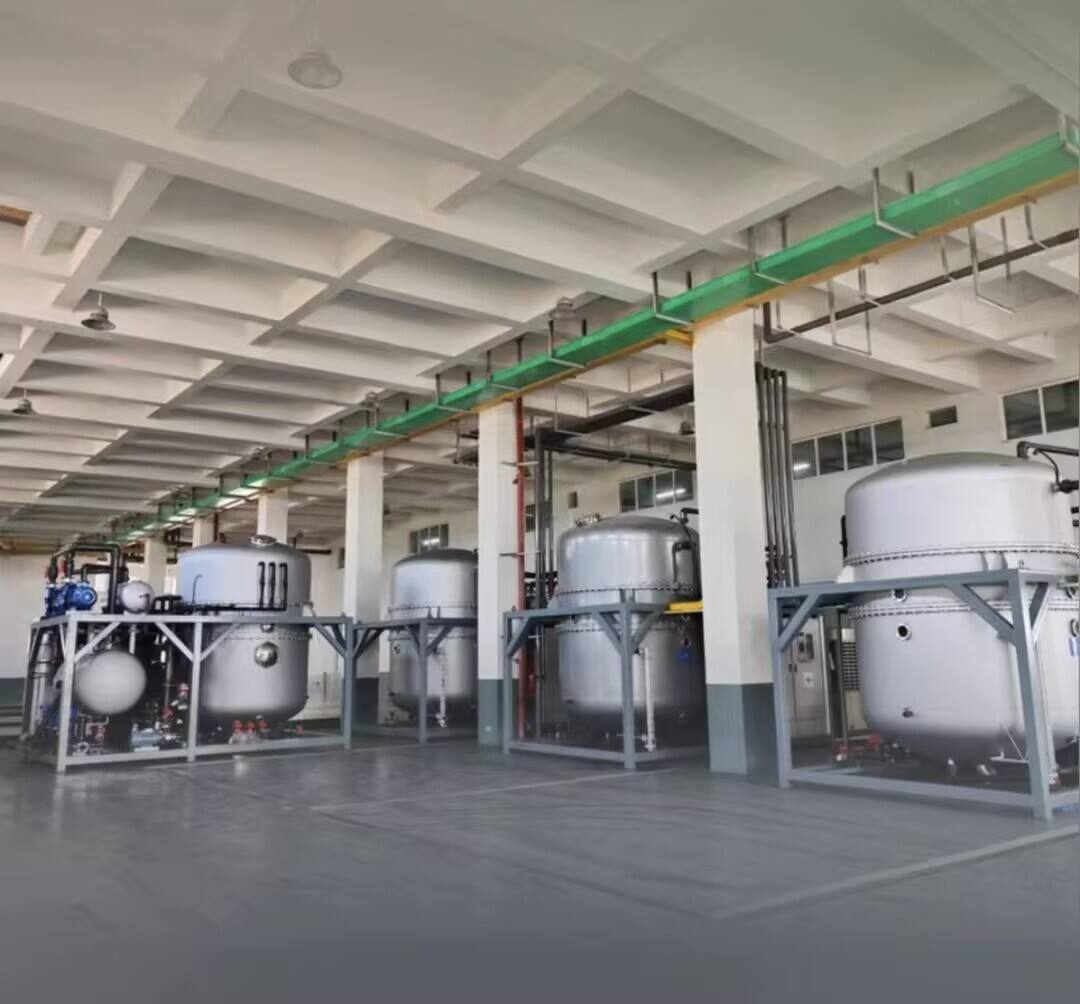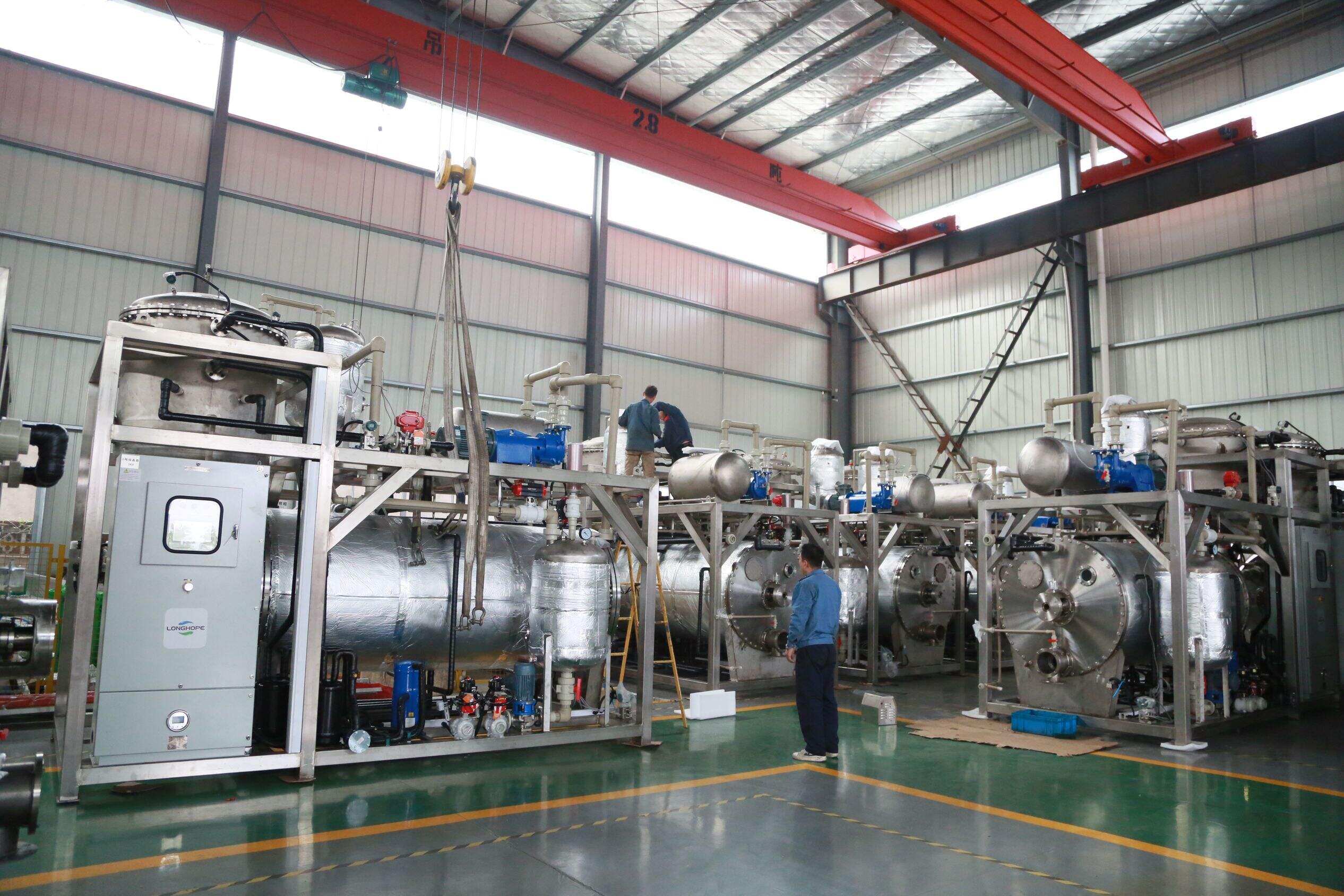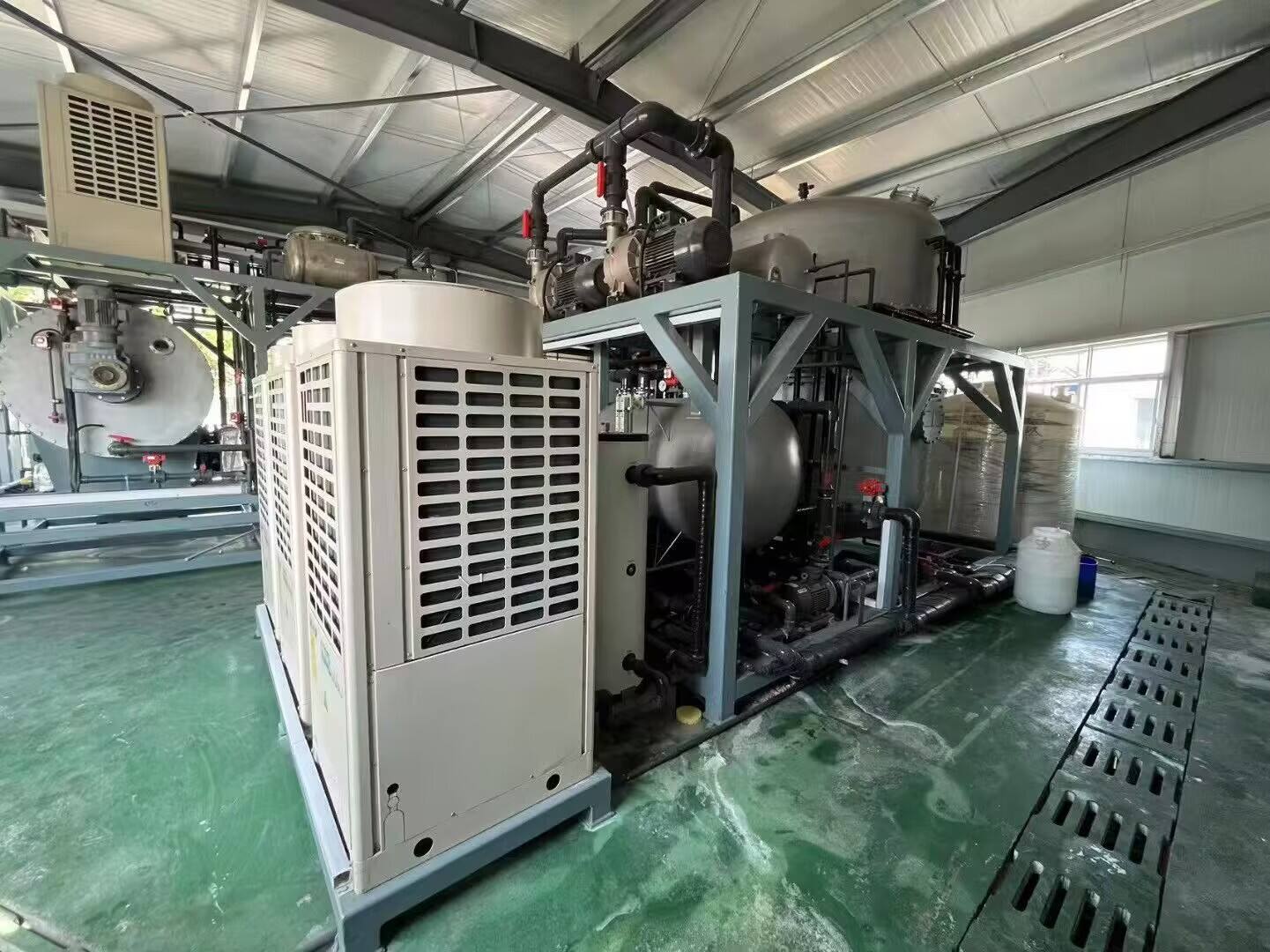vacuum evaporator for textile wastewater treatment
A vacuum evaporator for textile wastewater treatment represents a cutting-edge solution in environmental protection and resource conservation. This advanced system operates by reducing the pressure within the evaporation chamber, which significantly lowers the boiling point of water, enabling efficient separation of water from contaminants. The process begins with the textile wastewater being fed into the evaporator, where it undergoes controlled heating under vacuum conditions. This innovative technology effectively removes dyes, chemicals, and other pollutants from the wastewater, concentrating them into a manageable sludge while producing clean water that can be reused in the manufacturing process. The system incorporates multiple stages of evaporation, heat recovery mechanisms, and automated control systems to optimize energy efficiency and operational costs. Its sophisticated design includes features such as anti-scaling technology, continuous monitoring capabilities, and advanced separation techniques that ensure reliable performance in handling various types of textile wastewater. The vacuum evaporator can process large volumes of wastewater daily, making it suitable for both small-scale operations and large industrial facilities. This technology has proven particularly valuable in regions with strict environmental regulations or water scarcity issues.


